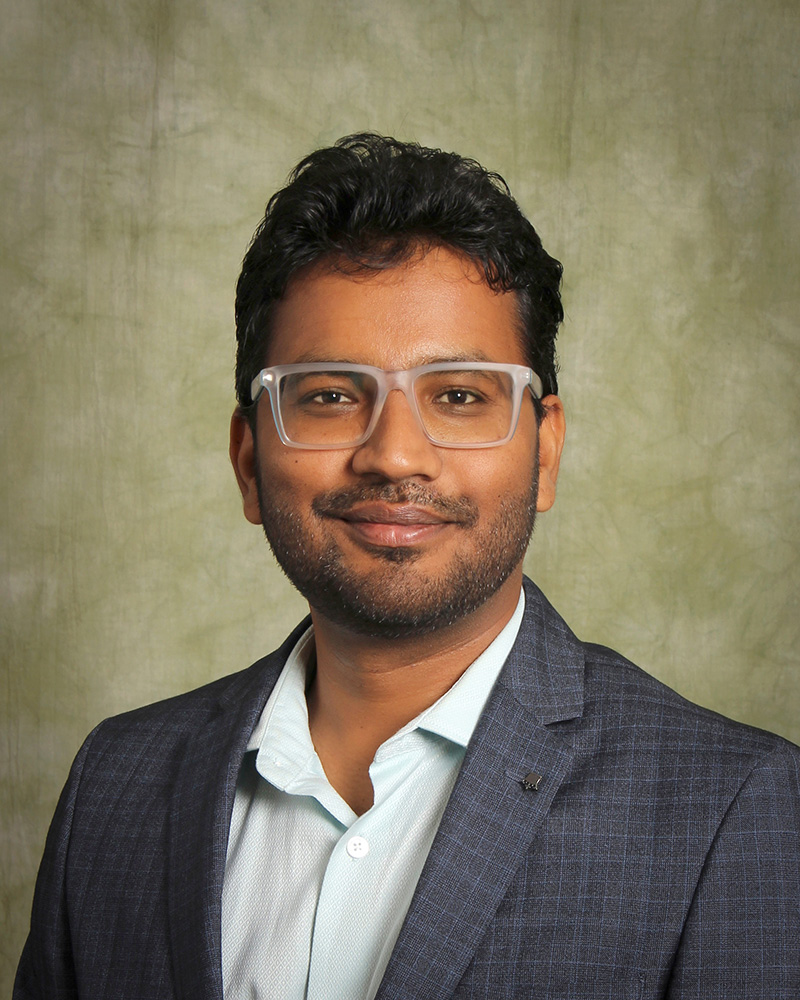How can extreme views spread, influence opinion? Binghamton researchers have the answer
Experts examine impact of 'eccentric' opinions on social networks

Politicians make an incendiary remark that’s replayed and discussed on TV news networks for days. Over-the-top social media posts rack up reactions and a flow of sometimes-heated commentary. Misleading headlines entice readers to click or even share a link without having read the article at all.
In crowded mediums driven by clicks and shares, extreme or eccentric content and viewpoints can easily dominate the conversation. But is being the proverbial “loudest in the room” always a good thing?
Researchers from Binghamton University’s Watson College of Engineering and Applied Sciences and the School of Management confronted this question in a published study examining the power of extreme or, as they call it, eccentric viewpoints. Specifically, researchers focused on how society, social interactions, and information exposure play dominant roles in building or altering opinions.
Sriniwas Pandey, a lecturer in Watson’s Department of Computer Science who helped lead the research, says the study helped demonstrate that more eccentric opinions can be necessary to maintain popularity among those who share such beliefs, even if the topic of discussion is not traditionally extreme.
“If you want to get attention about anything, not even a political or religious subject, you will get attention if you say something that’s kind of extreme,” Pandey says. “The more you see others sharing similar opinions, the more likely it will start cementing your belief in that particular direction.”
The two-year study mostly centered on a spectrum of “eccentric ideas” that could be shared through personal social media channels. But it also found examples in nationally debated subjects such as vaccinations or gun ownership and their impact in areas that include:
- social policy and the increasing desire by people on social networks to be viewed as popular or influential
- the democratic process and how voters respond
- the best ways for groups to collaborate in professional or academic settings
“Just because someone says something crazy or very far to one side, they may get more attention or ‘likes’ on social media, though that doesn’t always mean what they said is meaningful or even true,” Pandey says. “It is very difficult to keep track of eccentricity in a scenario when we are getting caught up in a social bubble, and our neighbors are moving with us together on this ‘eccentricity elevator.’ One of the solutions is to keep checking where you stand by asking yourself, ‘What is happening to my own opinions? What was I saying last year, and where am I right now?’”
Trust but verify
Whether it’s being applied in professional contexts or social media, Pandey says one of the easiest ways ideas can become more and more eccentric and go too far astray is when people get swept up in back-and-forth commentary by making or responding to statements without verifying their truthfulness.
Thi Tran, assistant professor of management information systems in the School of Management, conducts research about reducing the harms of misinformation. He says people generally gravitate toward social media or news content that essentially reaffirms their existing viewpoints. This can make it difficult for people to think critically about what’s being shared.
“When you’re ‘cherry-picking’ a fact, you’re trying to grab only those that you’re in favor of, and that can be made worse when people find that it’s backed up by many similar points online,” Tran says. “This will help make it seem more conventional to readers, even if it’s extreme or untrue, and more readers will jump on board by spreading that information.”
In this area, Tran’s research shows there are really two forms of misinformation: those who spread it intending to mislead and those who do so inadvertently, such as passing along updates about a developing news event that later are proven inaccurate.
“We should be more concerned about misinformation that will cause harm and understand a person’s motive for spreading it. Is it because of their bias, political affiliation, or personal experiences?” Tran says. “Maybe they had a bad experience from a vaccine that shaped their perception and because of that, only want to share bad news about any vaccine. If so, they’ve fallen into the trap: they’re spreading misinformation while influenced by their own situation.”
Putting theory into practice
While it was evident to Pandey and fellow researchers that some high-profile and politically divisive issues lent themselves to generating increasingly stronger opinions, they also wanted to examine if the same could be true of other topics.
Yiding Cao, MA ’16, PhD ’23, who worked on the study while a doctoral student at Watson, says they aimed to translate their subject from a personal setting into a professional one by understanding how a social network structure could affect the collaborative process of an organization.
“We learned how ideas generated from experiment participants could converge or diverge over time from beginning to end,” Cao says, “and that added to our overall understanding of effective collaboration.”
The researchers began by designing an experimental social media platform that bore similarities to Twitter. They recruited teams of Binghamton University students from different majors to use it over the course of two weeks.
Students were given two collaboration-based tasks: writing marketing taglines and short fictional stories. They could only see and add comments to ideas posted by those in their network.
As a result, Cao says, the study showed more definitively that if someone posts a “normal idea,” it might not gain much traction within the social media network. But, if that person posts something unique — an eccentric idea, for instance — it’s more likely to attract responses.
Cao says that how it fits in the context of collaboration boils down to time management and curating group dynamics.
“Think about accomplishing a task within your own organization and whether you want to talk to everyone or just a limited number of people,” Cao says. “It depends on how long you want to work on a collaboration-based task and whether you think spending a longer amount of time or a shorter amount of time with that group might produce a better result.”
With this research in mind, Pandey says that organizations could find ways to analyze how their members communicate, and educational institutions could scrutinize how students behave in classrooms more closely. This could create more opportunities for early intervention before any social conflicts become irreparable.
“Following similar-minded people on social media can result in an ‘echo chamber’ effect because everyone is basically saying the same thing. The drive for increased attention compels us to pursue more eccentric opinions or approaches,” Pandey says. “We don’t realize that the ‘heat’ is increasing until either we become a victim of some hate or until we become attackers ourselves.”


